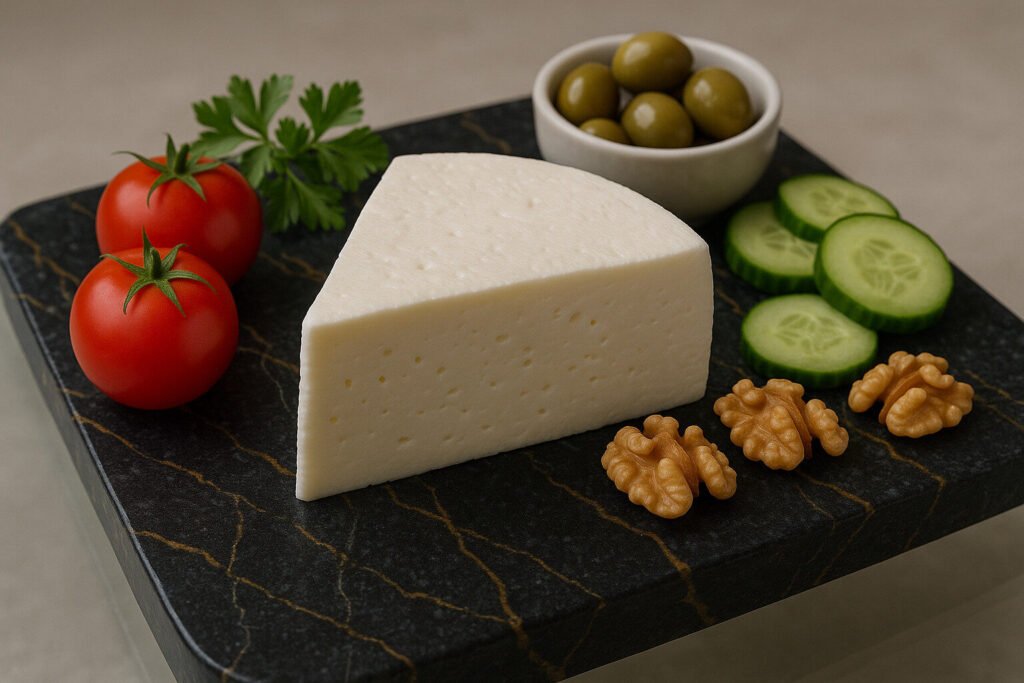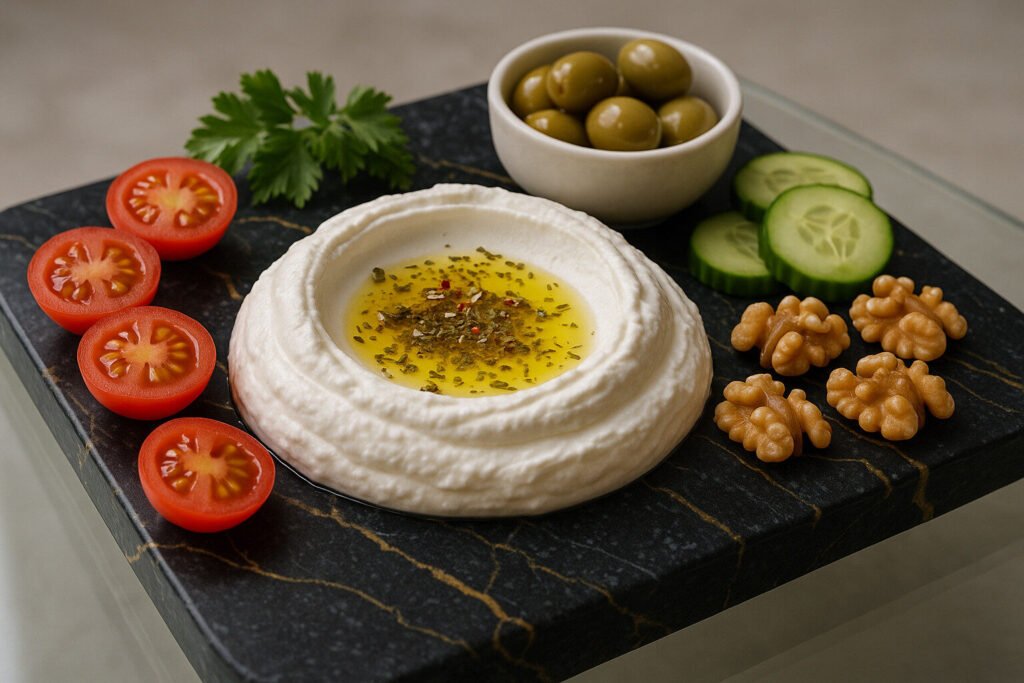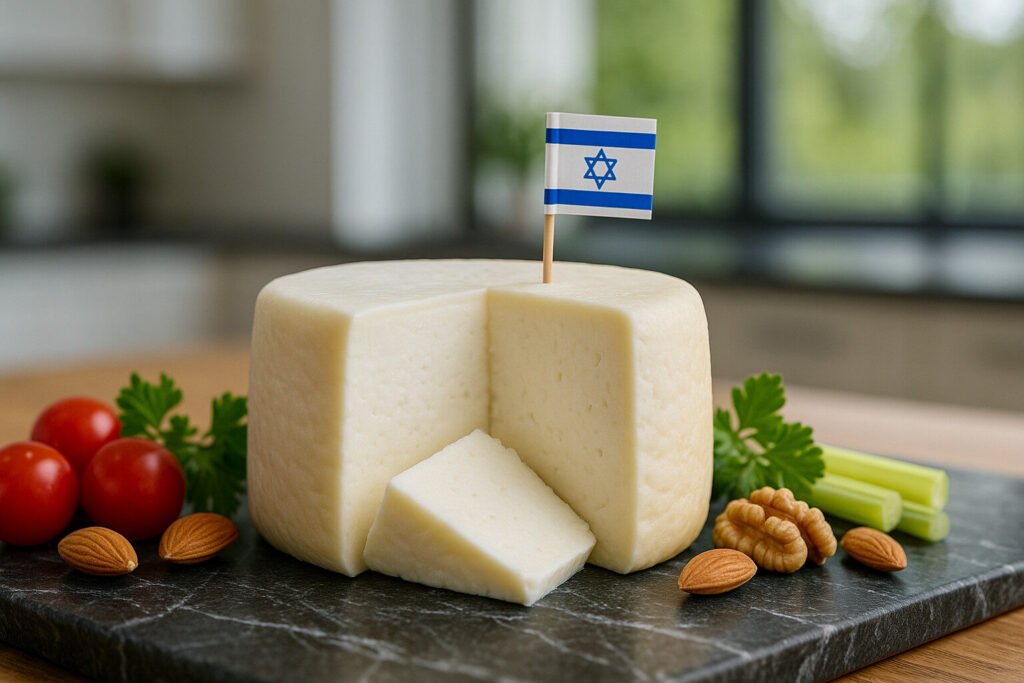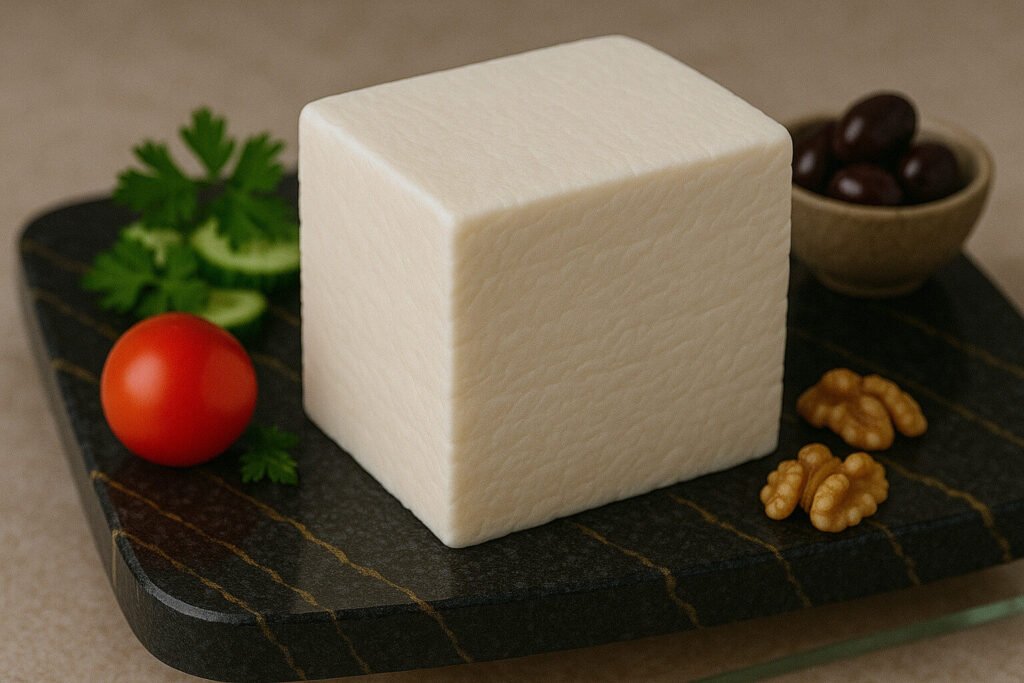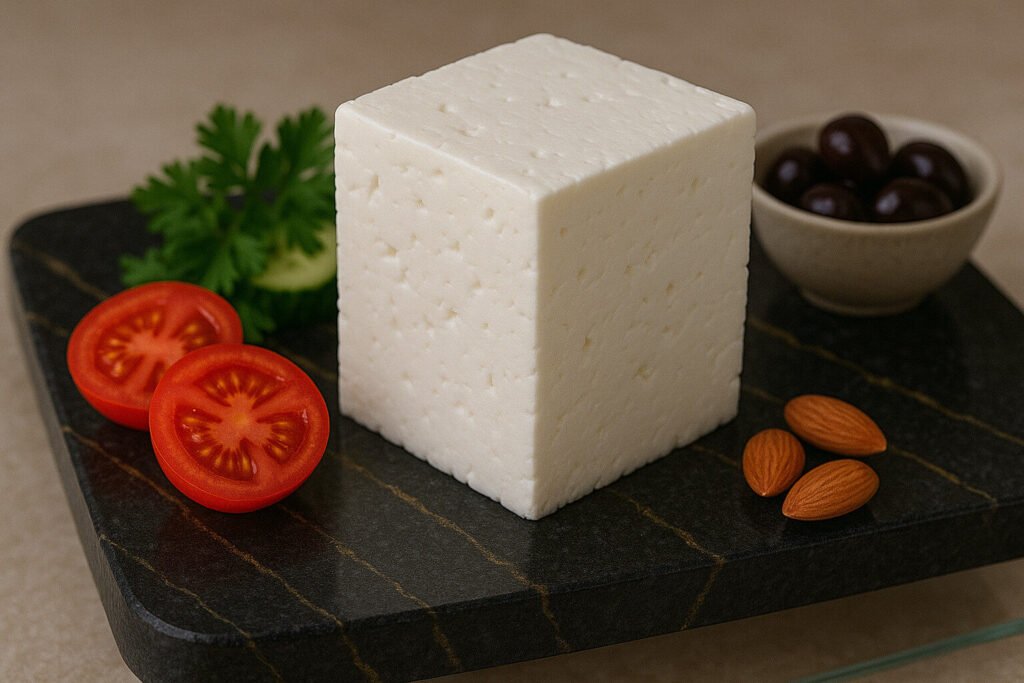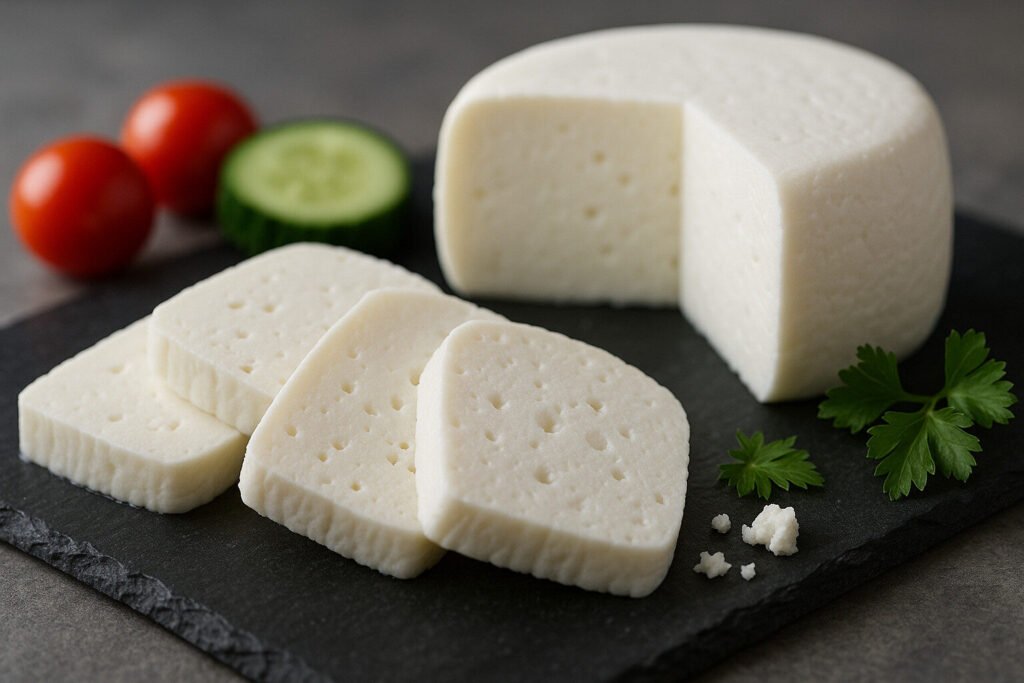Cheese Of Middle East
Definition and Scope
Middle Eastern cheeses represent a distinct category defined by regional production methods and cultural traditions. These cheeses primarily utilize sheep’s or goat’s milk, reflecting the pastoral heritage of the area. Their characteristics are shaped by centuries of artisanal practice in arid and semi-arid climates.
The scope encompasses fresh, brined, and stretched-curd varieties unique to the Levant, Anatolia, and Persian culinary regions. Halloumi, Feta, and Labneh are prominent examples with protected geographical status in some countries. This category excludes European-style cheeses introduced through modern globalization, focusing instead on indigenous formulations.
Production Techniques
Traditional Middle Eastern cheesemaking emphasizes brine-curing and yogurt-cheese transformations. Brined cheeses like Feta undergo salting in concentrated salt solutions for preservation and flavor development. Stretched-curd cheeses such as Halloumi use heated whey during kneading to create their distinctive rubbery texture.
Many techniques involve straining fermented milk through cloth to create spreadable cheeses like Labneh. Animal rennet from lambs or kids traditionally initiates coagulation, though microbial alternatives are now common. Production typically occurs in small batches using copper vats and woven baskets that influence final texture.
Sensory Profile
Middle Eastern cheeses present pronounced salty and tangy flavor profiles derived from brining and culturing processes. Their aromas range from mildly lactic in fresh varieties to strongly fermented in aged specimens. Texture varies from crumbly in Bulgarian Feta to squeaky and elastic in grilled Halloumi.
Visual characteristics include pure white coloration in fresh cheeses and yellowish rinds in aged varieties. Brined cheeses typically exhibit small mechanical openings rather than gas-formed eyes. The balance between saltiness and acidity defines their core taste profile, with minimal sweetness or bitterness.
Culinary Applications
These cheeses serve fundamental roles in meze platters, baked dishes, and breakfast spreads throughout the region. Halloumi’s high melting point makes it ideal for grilling and frying, often served with vegetables. Crumbled Feta garnishes salads and pastries like Spanakopita, providing salty counterpoint to other ingredients.
Labneh functions as both dip and breakfast food, frequently paired with olive oil and za’atar seasoning. Stuffed cheeses feature in baked kibbeh and savory pastries where they provide creamy filling contrast. Their structural properties determine preparation methods more than flavor alone.
Regional Examples
Cyprus claims Halloumi as its national cheese, distinguished by mint inclusion and double cooking process. Greek Feta maintains Protected Designation of Origin status requiring specific sheep and goat milk proportions. These legal protections ensure traditional production methods survive commercial standardization.
Lebanon produces Ackawi, a semi-hard brined cheese notable for its mild salinity and excellent melting properties. Turkish Beyaz Peynir represents another protected variety with crumbly texture and slightly grainy mouthfeel. Each nation maintains subtle variations in milk source, aging duration, and brine composition that define local preferences.

